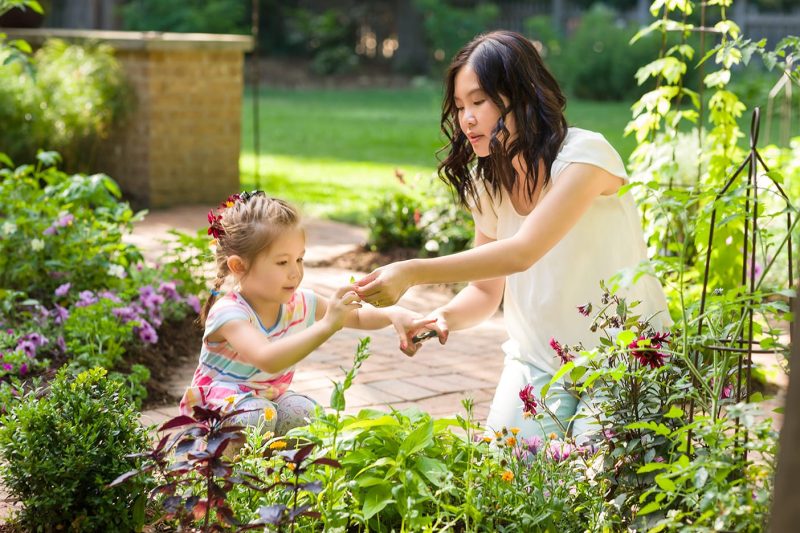
If you were lucky enough to have plenty of outdoor time when you were young, think about how those experiences shaped your life going forward. You love having time to spend out in your garden now, whether it’s just a few minutes to harvest the peppers you’ll be using in tonight’s dinner or a few hours to really get into it on a beautiful Saturday morning.
You can foster a love for the outdoors and making things grow in your kids, too. When children experience nature from a young age, they grow up having a greater appreciation for the outdoors and all it contains. You can teach them lessons now that will stick with them throughout their lives, maybe just like someone taught you along the way.
We’ll share five tips for starting a garden with your kids below. But first, a few common sense safety precautions:
Always supervise young children in the garden.
Establish basic ground rules first like what they are allowed to touch and what they aren’t, what is safe to put in their mouths and what isn’t, basic tool safety, etc.
Keep poisonous garden chemicals, fertilizers, gasoline and oil cans, as well as sharp tools, far out of the reach of children.
Don’t install water features in the garden until your children are older.
5 Tips for Gardening with Your Kids
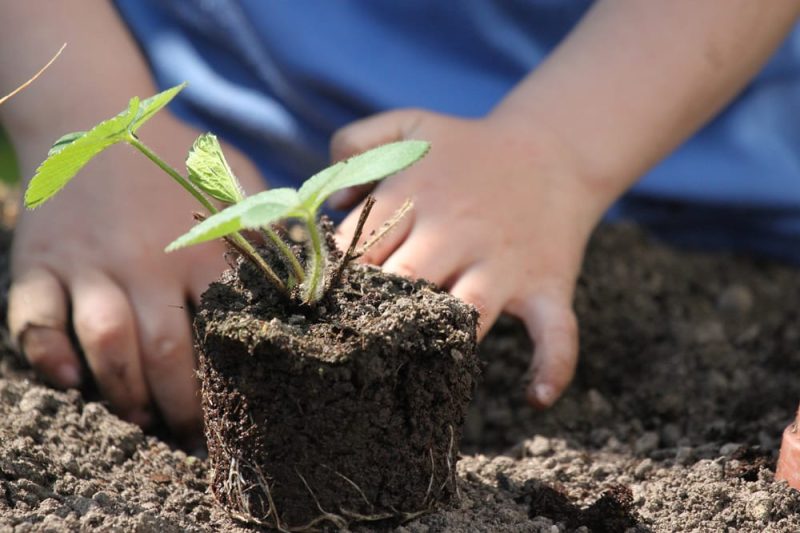
1. Keep it fun and simple.
Gardening should be fun! Let kids be kids in the garden and don’t worry if they get covered head to toe in dirt. The mud will wash away but the memories they are making will stick with them throughout their lives. Try not to demand too much of them when they are still young and learning basic gardening skills. A few small pots to grow seeds or a small patch in the garden is all you need to get started.
Project ideas: Sow bean seeds in paper cups; paint pots or rocks; have a contest to see who can grow the tallest sunflower from a seed.
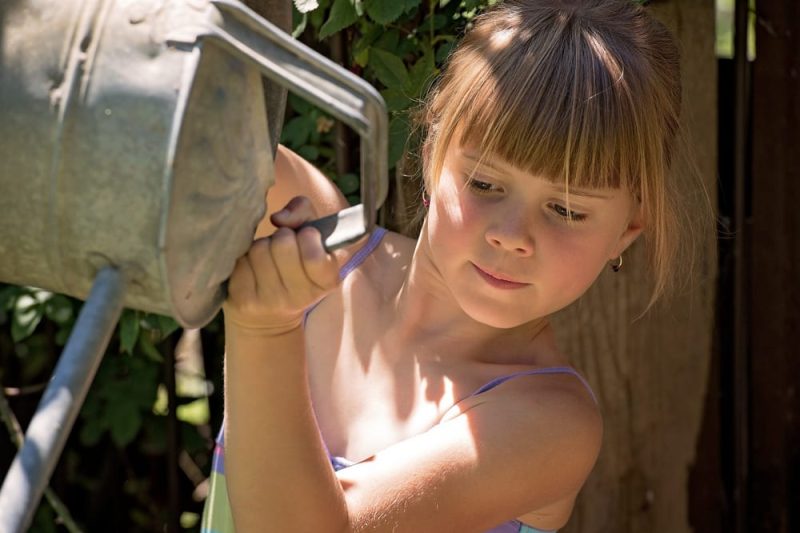
2. Give them responsibility.
Growing a garden is a lesson in responsibility. If we don’t water our young plants, they might perish. If we leave our tools out in the rain, they could get rusty and stop working. Work with your children to make a chart to keep track of all the tasks that will need to be done like watering, weeding, pruning, fertilizing, etc. Assign each child an age-appropriate responsibility and remind them, when needed, about their role in tending the garden.
Remember, it’s OK if they make mistakes—even adults slip up sometimes. That’s part of the learning process. Be flexible as you guide them along so gardening remains a positive experience.
Project ideas: Make your own gardening calendar; assign job titles to each child (Who wants to be the “Tomato Picker in Chief”?); develop a reward system for reaching milestones.
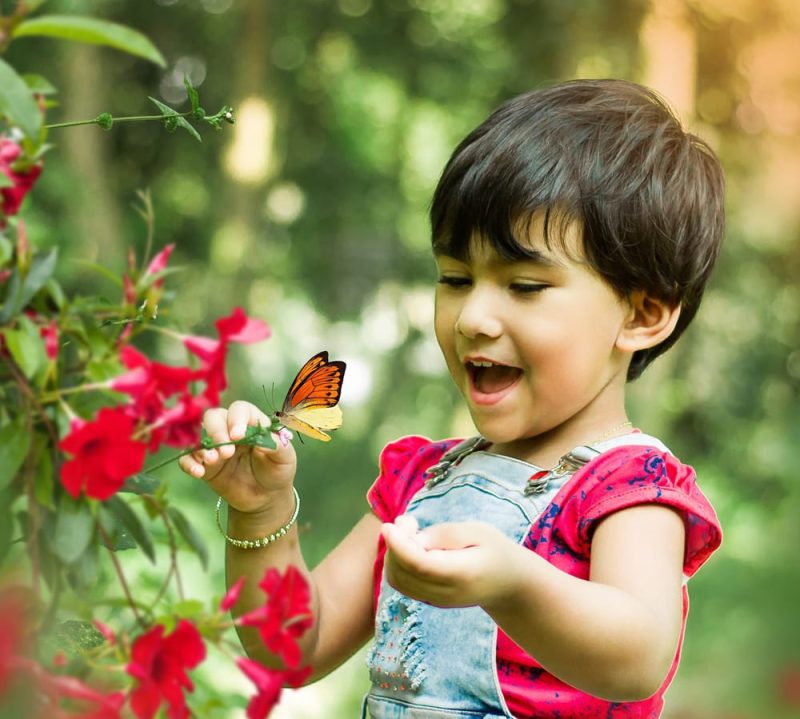
3. Foster respect for bees, butterflies and other beneficial insects.
Time spent in the garden is the ideal setting for teaching your children about pollinators and their vitally important role in producing the food we eat. Some kids are scared of all kinds of insects at first before they learn which ones are harmless and which ones to steer clear of. Help them overcome their fears by
seeing what it feels like to have an earthworm wriggle in their hands or a butterfly land on their shoulder.
Point out what the bumblebees are doing as they buzz among the blossoms collecting pollen on their legs. Let them know that it’s because of the work these insects are doing that their watermelon plants will bear sweet fruit and they’ll have pumpkins to carve this fall.
Project ideas: Build a mason bee house; make a butterfly puddling station; research which kinds of fruits and vegetables need to be pollinated by bees in order to produce a yield.
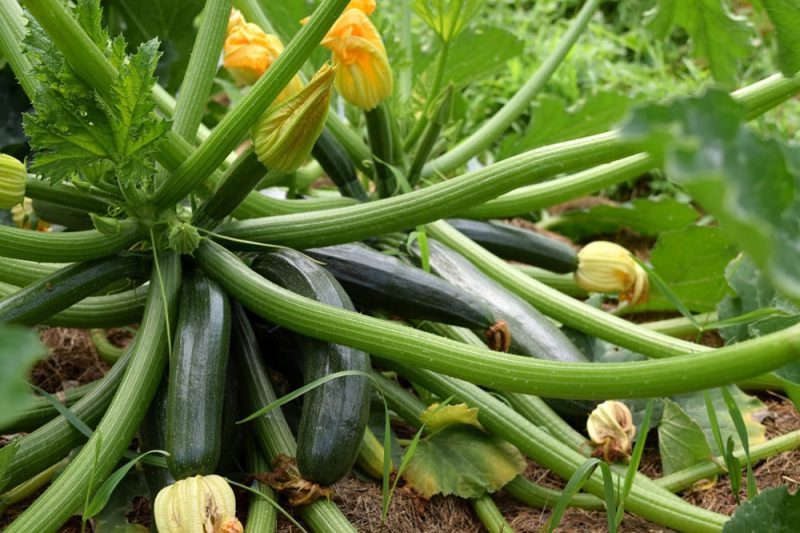
4. Choose fast-growing plants with a sizeable harvest.
Children have short attention spans and will get bored quickly if they aren’t seeing the fruits of their labor, quite literally. At least for their first few gardening experiences, grow plants like zucchini, cucumbers, lettuce and radishes that yield a big harvest relatively quickly. Once they have these wins under their belts, they may be ready to try something more challenging next time.
Project ideas: Have a race to see whose strawberry plant produces the first ripe berries; make a chart to keep count of how many zucchinis you pick; harvest a basket of fresh produce and go together to a local food pantry to donate it.
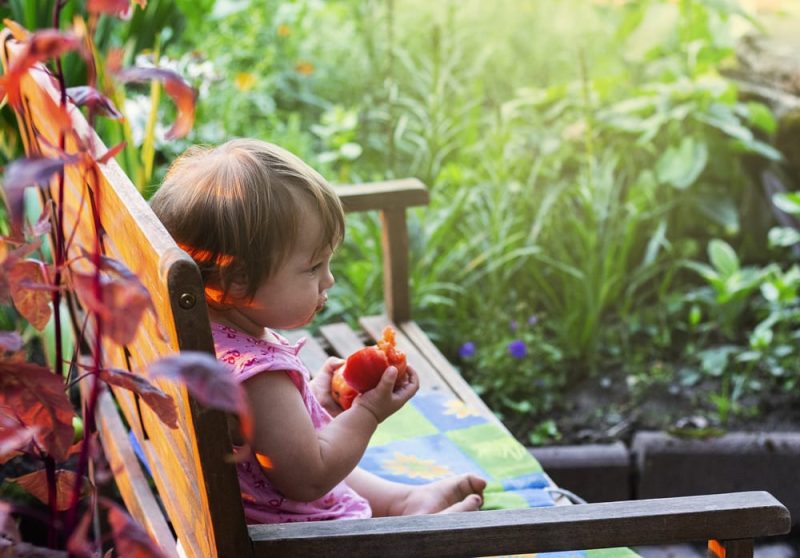
5. Eat what you grow.
Even the most vegetable-adverse kids are often willing to try at least a bite of what they grew themselves. Increase your odds by keeping them involved throughout the whole process, from choosing what to plant to harvesting it at peak ripeness. If you have trouble getting them to eat their veggies once you serve them at the dinner table, have a picnic right out in the garden with your freshly plucked produce. Children who grow at least part of what they eat often have healthier eating habits as adults.
Project ideas: Rank your tomato varieties from sweetest to tangiest; plan a picnic in the garden; bake muffins with the blueberries you grew yourself.
Ready to get started gardening with your kids? Here’s a link to the edible plants we offer.

1 thought on “5 Tips for Starting a Garden with Your Kids”
Fantastic advice.
As we live in a city I recently started to rent an allotment.
My son 15 who has Autism has really embraced the whole idea.
Yesterday I had him out there all day putting up a fence, Laying a patio seating area & preparing soil for planting.
He also has seeds planted in trays at he which should be ready for planting in approx 10-14 days.
Gardening is a life skill we can give to all children.
I totally agree, keep it simple, keep their attention & eat what you grow.